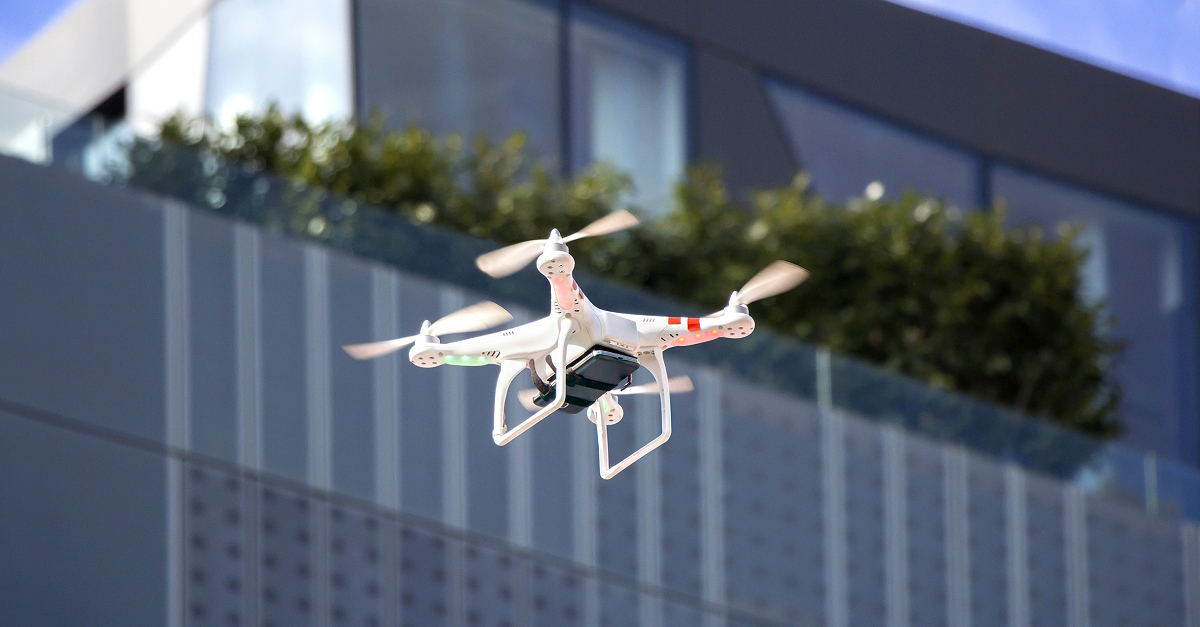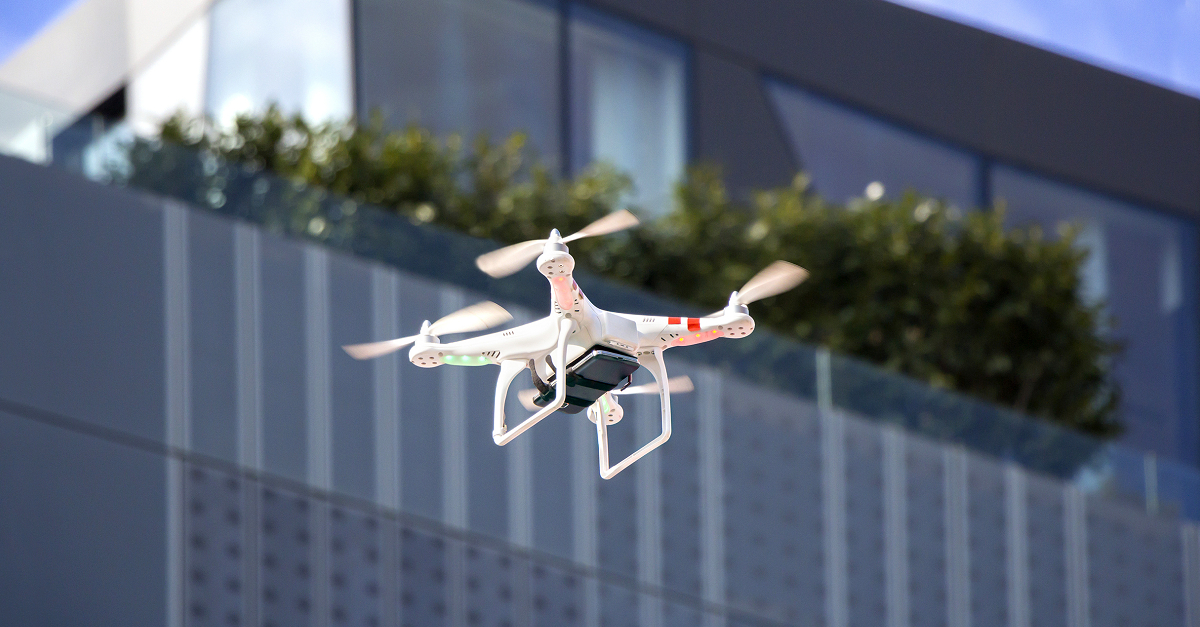
Drones: even if they sometimes crash into walls, spark fights in the prison yard or get snagged on barbed wire, they’re still more effective for smuggling contraband than cats.
US prisons want to take them out. Drones, not cats.
The Federal Bureau of Prisons on Wednesday put out a call for information on integrated systems that can detect, track, interdict, engage and neutralize small unmanned aerial vehicles (UAVs) – specifically, those that weigh less than 55 lbs. (25 kg).
It’s not just drugs and mobile phones the bureau wants to keep out, it’s also unauthorized surveillance, it said:
From small devices of less than a pound that can provide unauthorized imagery and surveillance to larger systems that can carry 20 or more pounds of contraband, these devices represent a new and unprecedented challenge for [prison] personnel.
These are the tasks the bureau said it was looking for in a drone detection/termination system, according to the RFI:
- Detection
- Location/Tracking
- Identification
- Classification
- Threat/No-threat
- Response
- Verification
- Clean up/attribution of UAVs
A system that could do them all would be great, but a subset might also be pretty sweet, it said.
Just how, exactly, such a system would be able to safely disable drones without having them turn into noggin-crushing meteorites is an open question.
We’ve seen possibilities that include attacking drones with resonant frequency that screws with the gadgets’ gyroscopes.
In fact, there are already sound-related devices on the market for both offensive and defensive purposes: one, the LRAD Corporation’s 450XL, is billed as an “acoustic hailing device” that can be mounted on a vehicle or a tripod and can project a voice message up to 1700 meters.
Then again, there’s also the technique employed by William Merideth: a shotgun and Number 8 birdshot. But that does get us back into the realm of meteors and skull-crushing.
At any rate, the prisons bureau said that the general requirements for an anti-drone system include the ability to handle:
- Operation in mixed-use airspace, where both threat and “friendly” drones may be operating.
- Drone performance that consists of: Flying altitudes from ground level to 18,000 ft. at velocities from 0 to 100 m/sec.
- Highly variable dimensions, but in general less than 4 ft. in their maximum dimensions.
- Drones made from materials ranging from carbon fiber to high-density plastic to light metal alloys and others.
- Both commercially available as well as custom-made UAVs.
- Detection ranges of 1 mile with tracking at .75 miles and kill/interdiction as far out as possible.
- Both command operation as well as autonomous functioning.
- Use of GPS.
- Surveillance target being generally isolated in the middle of an open area with limited ground clutter and other interfering sources such as people and RF. There may, however, be roads where vehicular traffic is moving within the zone of interest.
Image of drone flying courtesy of Ivan Smuk / Shutterstock.com

Ms.K
How about nets over the areas where the inmates would be able to pick them up? Simple, effective and costs would be far lower than a more techy solution. It also eradicates the ‘friendly’ drone issue, and am guessing whatever technology was deployed it would eventually be got around…
fifofefum
Ms.K — You’re completely 100% right, but it’s the American way to shoot the buggers down if not obliterate outright.
Mahhn
does make for more fun ;) I think Airsoft or paintball guns with Ice for shot would be an affordable and not to noisy method.
Paul Ducklin
Ice doesn’t work. IIRC, the acceleration destroys the projectile. Plus…accuracy?
Anonymous
Thats what i was thinking bird nets up high so that the drones would jot be able to drop the cargo
BilH
Bird nets miss the other concerns besides contraband, “It’s not just drugs and mobile phones the bureau wants to keep out, it’s also unauthorized surveillance”
peterjasontaylor@aim.com
So why would US prisons want to prevent unauthorised surveillance? What have then got to hide?
Anonymous
For the same reason you can’t stand in front of Leavenworth with a camera – They don’t want people taking pictures to help plan escape routes.
n00dl3s
Escape routes?
Laurence Marks
peterjasontaylor wrote “So why would US prisons want to prevent unauthorised surveillance? What have then got to hide?”
Umm, maybe showing prisoners which direction to dig the tunnel? Although they could probably figure that out from Google Earth.
Mahhn
These drones are used to deliver drugs, phones and weapons to inmates. They are not random people spying.
Martin
US prisons looking for drone-killing systems
Corrupt guards resent the competition!